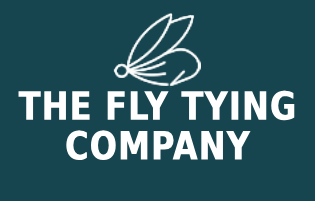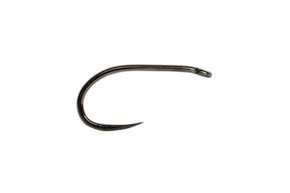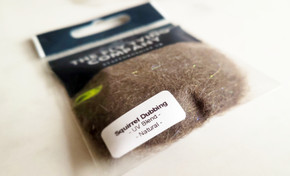Origin and History
The Soft Hackle is one of the oldest fly patterns still in use today, with roots tracing back to the 17th and 18th centuries in the UK. North Country anglers perfected the style, using sparse silk bodies and soft partridge hackle to create flies that imitated emerging insects. The Partridge Soft Hackle in particular has become a classic, offering unmatched movement in the water. Its simplicity, versatility, and effectiveness make it a cornerstone of traditional wet fly fishing for trout and grayling.
Materials
- Hook: Wet fly or spider hook, sizes 12–18
- Thread: Pearsall’s silk (orange, yellow, green, or brown) or modern thread equivalent
- Hackle: Grey partridge feather (soft and speckled)
- Optional Rib: Fine gold or silver wire for reinforcement
Popular Variations
- Partridge & Orange – classic spider pattern with orange silk
- Partridge & Yellow – great in summer for olives
- Partridge & Green – subtle spring imitation
- Beadhead Soft Hackle – adds weight for deeper presentation
- Hare’s Ear Soft Hackle – dubbed thorax for extra bulk
Step-by-Step Tying Guide
- Attach thread at the hook eye and wind back to the bend.
- Form a slim silk body, optionally ribbed with fine wire for durability.
- Select a small partridge feather, stripping the fluffy base fibres.
- Tie in the feather by the tip and make 1–2 sparse turns around the hook.
- Stroke fibres back to create a swept, natural collar.
- Whip finish neatly behind the eye and add a touch of varnish.
Seasonality & Representation
The Soft Hackle is effective from spring through late autumn, imitating emerging olives, midges, and other small upwinged insects. Its flowing hackle fibres pulse naturally with the current, suggesting life and vulnerability. It works especially well during hatches when trout are feeding just below the surface film.
Tackle and Setup
- Rod: 9–10ft, 3–5wt for rivers; 5–6wt for stillwaters
- Line: Floating line
- Leader: 9–12ft tapered leader, 5–6X tippet
- Setup: Traditionally fished in teams of 2–3 spiders, swung across and downstream
Summary Table
| Aspect | Details |
|---|---|
| Origin | UK, North Country, 17th–18th century |
| Best Seasons | Spring to Autumn |
| Represents | Emergers, midges, olives |
| Hook Sizes | 12–18 |
| Tackle Setup | 9–10ft rod, floating line, 9–12ft leader, team of spiders |












